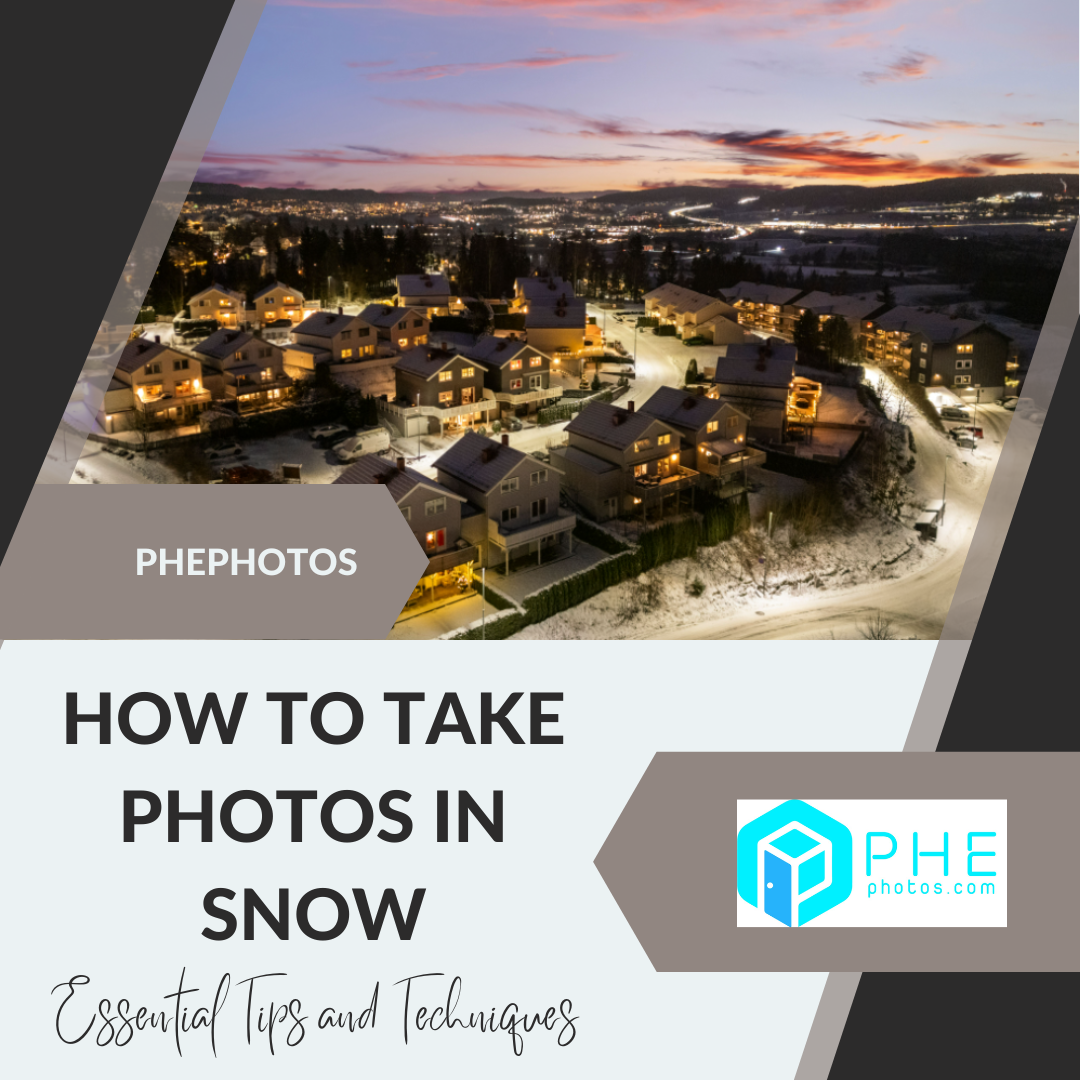How to Take Photos in Snow: Essential Tips and Techniques
Winter is a magical time for photography. Snow-covered landscapes transform the world into a serene wonderland, making for stunning shots. However, photographing in snow requires preparation and the right techniques to overcome its unique challenges.
Here’s how to capture breathtaking snowy scenes.
Tackle the Challenges of Snow Photography
Snow photography can be tricky. Bright snow often confuses camera sensors, leading to underexposed images. Additionally, cold weather can drain battery life and make gear handling more difficult. Knowing these challenges helps you prepare and get the best results.
Dress for the Weather
Stay warm and comfortable to enjoy extended photography sessions. Layer your clothing to retain body heat while ensuring flexibility. Waterproof boots and gloves are essential, with thin gloves allowing you to operate your camera easily.
Master Camera Settings for Snow
- Exposure Compensation: Increase exposure compensation by +1 or +2 to prevent snow from looking gray and underexposed.
- Shoot in RAW: Retain maximum detail and color data for post-processing adjustments.
- White Balance: Snow can appear blue in photos. Use the “Daylight” setting or customize the white balance for accurate colors.
- Manual Mode: Adjust shutter speed, aperture, and ISO to balance light and capture snowflakes or landscapes perfectly.
Choose the Best Time for Snow Photography
Timing makes a difference in snow photography. Early mornings and late afternoons provide soft, warm light and long shadows. Overcast days offer even lighting, reducing harsh contrasts and creating a dreamy ambiance.
Frame Your Shots with Intent
- Use Leading Lines: Trails, fences, or paths guide the viewer’s eye through your photo.
- Add Contrast: Bright snow benefits from elements like colorful clothing or dark trees for visual interest.
- Highlight Reflections: Look for reflective surfaces like icy ponds to create artistic compositions.
- Focus on Minimalism: A lone tree or animal against a snowy background makes a striking subject.
Protect Your Camera Gear
- Keep Batteries Warm: Cold weather depletes batteries faster. Carry extras in a warm pocket.
- Use Lens Hoods: Prevent snowflakes from hitting the lens and minimize glare.
- Avoid Condensation: When transitioning indoors, let your camera warm up gradually to prevent fogging.
- Waterproof Your Gear: A camera rain cover or plastic bag can shield your equipment from snow and moisture.
Capture Falling Snow Effectively
Snowfall adds a sense of motion and atmosphere to photos. To capture it:
- Use Fast Shutter Speeds: A shutter speed of 1/250 or faster freezes snowflakes in mid-air.
- Select a Dark Background: Falling snow stands out more against darker elements in the scene.
- Try Night Shots: Use streetlights or ambient light to illuminate snowflakes for a magical effect.
Experiment with Different Lenses
- Wide-Angle Lenses: Perfect for capturing expansive snowy landscapes.
- Telephoto Lenses: Focus on distant subjects or isolate details like frost-covered branches.
- Macro Lenses: Highlight intricate patterns in snowflakes or frost for stunning close-ups.
Enhance Snow Photos with Editing
Post-processing can take your snow photos to the next level.
- Adjust Exposure: Brighten underexposed areas without losing detail in the snow.
- Correct White Balance: Ensure snow looks white, not blue or gray.
- Add Contrast: Enhance textures and depth in snowy scenes.
- Clean Up Distractions: Remove unwanted footprints or debris from your shots.
Stay Safe While Photographing
Safety is essential during snow photography. Watch out for slippery surfaces and be cautious in areas prone to avalanches. Carry a fully charged phone and inform someone about your plans before heading out.
Snow Photography Trends for 2025
Snow photography is evolving with new trends like drone shots, minimalist compositions, and creative use of artificial light. Social media platforms inspire photographers to push boundaries, resulting in fresh and imaginative styles.
Embrace the Latest Gear
Weather-sealed cameras and lenses are becoming more affordable and accessible. Accessories like rechargeable hand warmers and heated gloves make cold-weather photography more comfortable. Investing in reliable gear ensures your sessions are productive and enjoyable.
Practice and Experiment
Snow photography is a skill that improves with practice. Experiment with different settings, angles, and compositions. Learn from other photographers by joining online communities or following their work for inspiration.
Final Thoughts
Photographing in snow is a rewarding experience that allows you to showcase winter’s beauty. With preparation, creativity, and the right techniques, you can take stunning photos in snow. Grab your gear, venture into the winter wonderland, and capture the magic of the season!
Read more:
The Future of Real Estate Photography: Trends and Forecasts for 2025
Unlocking the Power of Photo Enhancement in Real Estate Photo Editing
Unlock Marketing Success with a Real Estate Photo Editor











